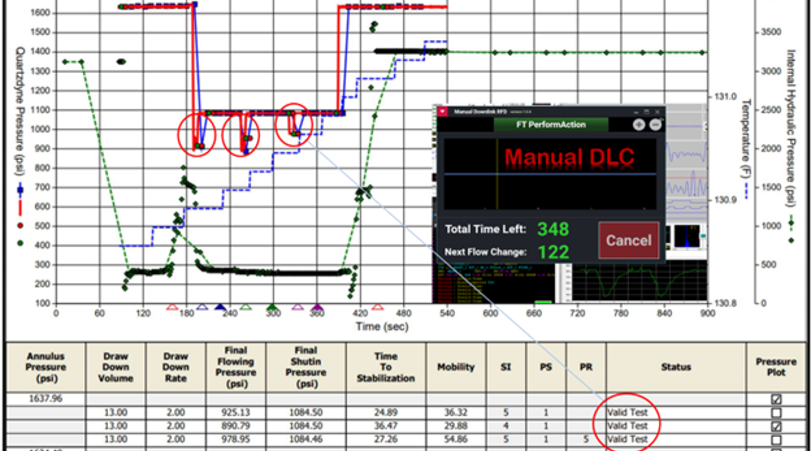Latest Products
Latest Products
-
New Product
Tubular Running Assurance
-
New Product
MARS™
-
New Product
MODUS™
-
New Product
CENTRO®
-
New Product
Subsea Water-Cut Meter
- See all Products
Latest News
Latest News

